What Is Radio Waves Used In Endoscopes ?
Radio waves are not typically used in endoscopes. Endoscopes are medical devices that are used to visualize and examine the internal organs and structures of the body. They typically use optical fibers and light sources to transmit images from the endoscope to a monitor for viewing. Radio waves, on the other hand, are a form of electromagnetic radiation that is commonly used for communication purposes, such as in radio and television broadcasting, wireless networks, and mobile phones. While radio waves have various applications in the field of medicine, such as in magnetic resonance imaging (MRI), they are not commonly used in endoscopes.
1、 Wireless transmission of video signals in endoscopy procedures.
Radio waves are used in endoscopes for the wireless transmission of video signals during endoscopy procedures. Endoscopy is a medical procedure that involves inserting a flexible tube with a light and camera at its tip into the body to visualize and diagnose various conditions. Traditionally, endoscopy involved the use of fiber optic cables to transmit the video signals from the camera to a monitor. However, advancements in technology have led to the development of wireless endoscopy systems that utilize radio waves for video transmission.
Wireless transmission of video signals in endoscopy procedures offers several advantages. Firstly, it eliminates the need for cumbersome and delicate fiber optic cables, making the procedure more convenient and less prone to technical difficulties. Additionally, wireless endoscopy systems provide greater flexibility and mobility for the medical professionals performing the procedure, as they are not restricted by the length of the cables.
Furthermore, wireless transmission allows for real-time video streaming, enabling immediate visualization and analysis of the internal organs or tissues being examined. This can aid in quicker and more accurate diagnoses, leading to improved patient outcomes. Moreover, wireless endoscopy systems can be easily integrated with other medical technologies, such as augmented reality or artificial intelligence, to enhance the diagnostic capabilities and overall effectiveness of the procedure.
From a recent point of view, there have been ongoing advancements in wireless endoscopy technology. Researchers are exploring the use of higher frequency radio waves, such as millimeter waves, for improved video transmission quality and higher data transfer rates. Additionally, efforts are being made to enhance the security and privacy of wireless endoscopy systems to protect patient data and prevent unauthorized access.
In conclusion, radio waves are used in endoscopes for the wireless transmission of video signals during endoscopy procedures. This technology offers numerous benefits, including convenience, flexibility, real-time video streaming, and integration with other medical technologies. Ongoing research and development in this field aim to further improve the quality, speed, and security of wireless endoscopy systems.

2、 Utilizing radio waves for wireless endoscope control and communication.
Radio waves are commonly used in endoscopes for wireless control and communication. Endoscopes are medical devices used for visualizing and examining the internal organs and cavities of the human body. Traditionally, endoscopes were controlled using wired connections, which limited their flexibility and maneuverability. However, with the advent of wireless technology, endoscopes can now be controlled remotely using radio waves.
Utilizing radio waves for wireless endoscope control and communication offers several advantages. Firstly, it allows for greater freedom of movement during procedures, as there are no wires restricting the movement of the endoscope. This is particularly beneficial in complex surgeries or procedures where precise control and maneuverability are crucial.
Furthermore, wireless endoscope control reduces the risk of infection and improves patient comfort. With no wires connecting the endoscope to external devices, there is a reduced risk of contamination and infection. Additionally, patients experience less discomfort as they are not constrained by wires during the procedure.
The latest point of view regarding the use of radio waves in endoscopes is the development of advanced wireless communication systems. These systems enable real-time transmission of high-definition images and videos from the endoscope to a monitor or other display devices. This allows for better visualization and interpretation of the internal structures being examined.
Moreover, wireless endoscope control and communication have paved the way for the development of robotic endoscopy systems. These systems utilize radio waves to control robotic arms that manipulate the endoscope inside the body. This technology offers enhanced precision and dexterity, enabling more complex procedures to be performed with greater accuracy.
In conclusion, radio waves are extensively used in endoscopes for wireless control and communication. This technology has revolutionized the field of endoscopy, providing greater flexibility, improved patient comfort, and advanced imaging capabilities. The continuous advancements in wireless communication systems and robotic endoscopy further enhance the potential of radio waves in endoscopic procedures.

3、 Radio frequency technology for real-time imaging in endoscopy.
Radio waves are not typically used in endoscopes. Instead, endoscopes utilize light waves to capture real-time images of the internal organs and structures of the body. However, radio frequency technology has been employed in endoscopy for various purposes.
One application of radio frequency technology in endoscopy is the use of radiofrequency ablation (RFA) for the treatment of certain conditions. RFA involves the delivery of high-frequency electrical currents to targeted tissues, such as tumors or abnormal growths, to destroy them. This technique has been used in the treatment of conditions like Barrett's esophagus, a precancerous condition of the esophagus.
Another use of radio frequency technology in endoscopy is in the field of wireless capsule endoscopy. In this technique, a small capsule containing a camera is swallowed by the patient, and it captures images of the gastrointestinal tract as it passes through. The capsule transmits these images using radio waves to a receiver worn by the patient, which is then analyzed by a healthcare professional. This technology has revolutionized the field of endoscopy by providing a non-invasive and patient-friendly alternative to traditional endoscopic procedures.
It is important to note that while radio frequency technology has shown promise in certain applications within endoscopy, it is not a widely used or essential component of most endoscopic procedures. The primary imaging modality in endoscopy remains the use of light waves, which provide high-resolution images of the internal structures. However, as technology continues to advance, it is possible that radio frequency technology may find further applications in the field of endoscopy.

4、 Wireless endoscopy systems using radio waves for data transmission.
Radio waves are used in endoscopes for wireless data transmission in wireless endoscopy systems. These systems have revolutionized the field of medical imaging by eliminating the need for physical cables and allowing for greater flexibility and mobility during procedures.
Wireless endoscopy systems utilize radio waves to transmit data from the endoscope to a receiver or display unit. The endoscope captures high-resolution images or videos of the internal organs or body cavities and converts them into digital signals. These signals are then modulated onto radio waves and transmitted wirelessly to the receiver.
The use of radio waves in wireless endoscopy systems offers several advantages. Firstly, it eliminates the need for cumbersome cables, which can restrict the movement of the endoscope and make the procedure more challenging. This wireless technology allows for greater maneuverability and flexibility, enabling physicians to navigate through the body with ease.
Furthermore, wireless transmission of data ensures real-time visualization of the internal organs. The images or videos captured by the endoscope are transmitted instantaneously, providing immediate feedback to the medical professionals. This real-time visualization is crucial in guiding the physicians during procedures and making accurate diagnoses.
Moreover, wireless endoscopy systems using radio waves are also beneficial in reducing the risk of infection. With no physical cables involved, there is a decreased chance of contamination and cross-infection between patients. This is particularly important in sterile environments such as operating rooms.
In recent years, there have been advancements in wireless endoscopy systems using radio waves. These include improvements in data transmission speeds, enhanced image quality, and the development of miniaturized wireless endoscopes. These advancements have further improved the efficiency and effectiveness of endoscopic procedures.
In conclusion, radio waves are used in endoscopes for wireless data transmission in wireless endoscopy systems. This technology has revolutionized the field of medical imaging by providing greater flexibility, real-time visualization, and reducing the risk of infection. With ongoing advancements, wireless endoscopy systems using radio waves continue to enhance the accuracy and efficiency of endoscopic procedures.





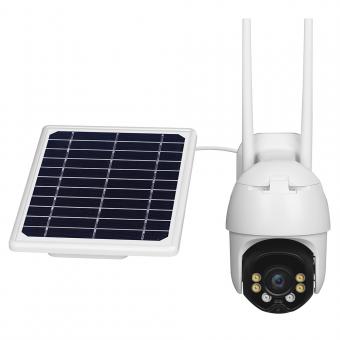




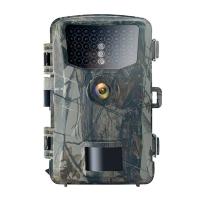

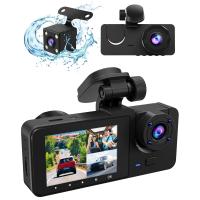
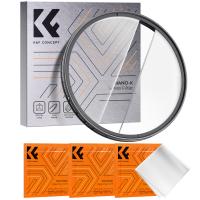

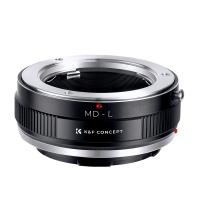

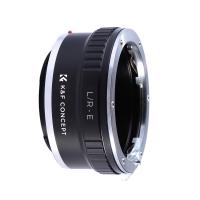
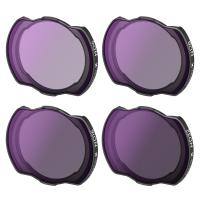
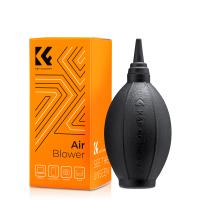


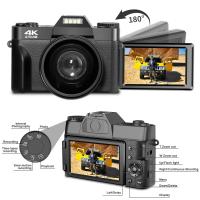
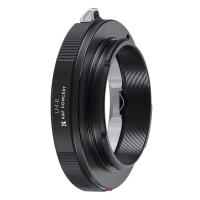
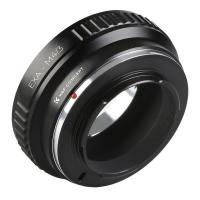

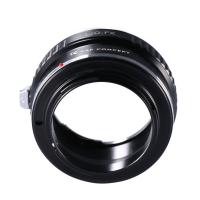


There are no comments for this blog.